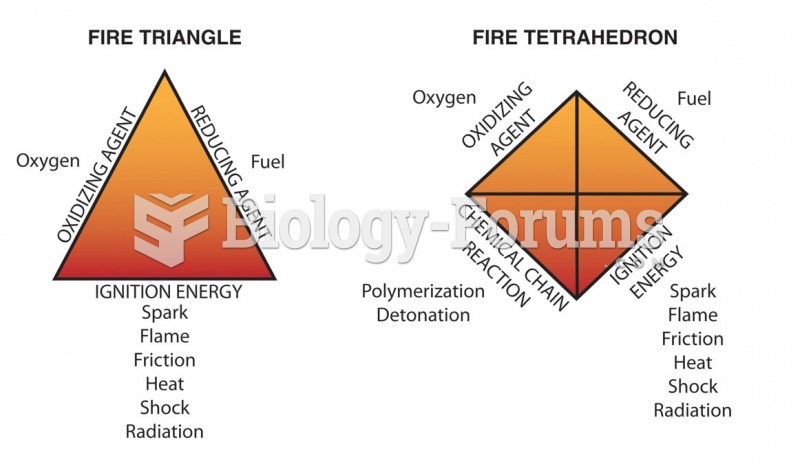This topic contains a solution. Click here to go to the answer
|
|
|
Did you know?
About 600,000 particles of skin are shed every hour by each human. If you live to age 70 years, you have shed 105 pounds of dead skin.
Did you know?
If you could remove all of your skin, it would weigh up to 5 pounds.
Did you know?
The average adult has about 21 square feet of skin.
Did you know?
Drug-induced pharmacodynamic effects manifested in older adults include drug-induced renal toxicity, which can be a major factor when these adults are experiencing other kidney problems.
Did you know?
Blood is approximately twice as thick as water because of the cells and other components found in it.







